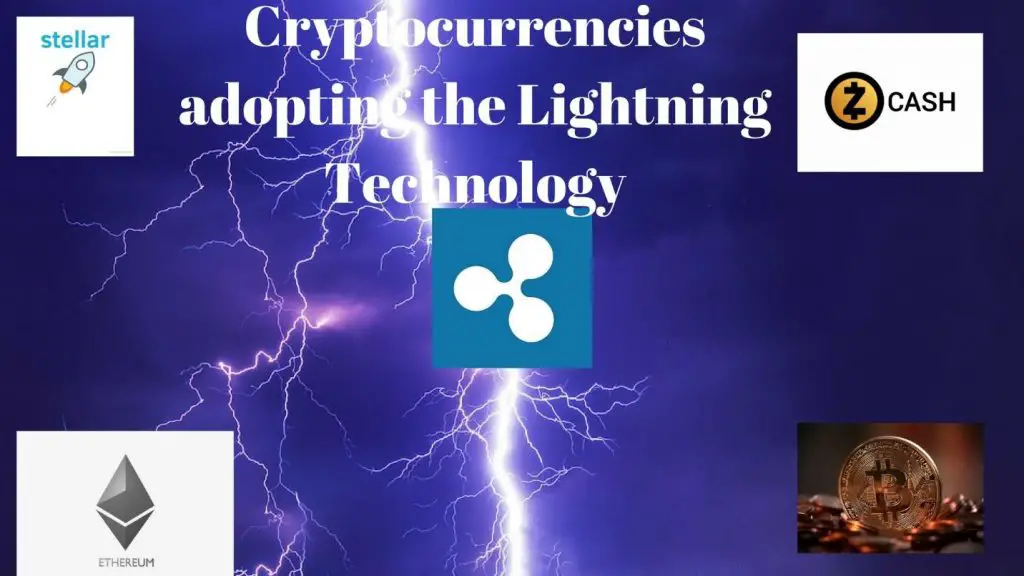This is a guest post by Catalin. Founder of Ecommerce Platforms and Web App Meister. He’s a design enthusiast who loves matcha, and is uber passionate about bitcoin and blockchain technology.
The crypto market has taken the world by storm. Everyone who is in the crypto world wants to visit the moon or buy a lamborghini immediately; if only it were that easy. The crypto market is very new and largely manipulated. If you don’t play the game safely, there’s a good chance that you could lose big. One thing that can help you when you’re starting out is following the right people, the crypto evangelists.
Over the last couple of months, the world’s most popular cryptocurrency has witnessed an increase in transaction fees. This is contradictory to what Satoshi had in mind; to provide a cheap and faster form of payment.
Currently, when a user needs his or her transaction prioritized, they must incentivize miners with more fees.
To some people, parting with $20-$30 in transaction fees is unacceptable. They’d rather wait in the queue until their transaction is verified. But with the nascent Lightning Network, cryptocurrency holders can now use their money to pay for things, rather than just holding it.
Initially, the only way to improve the transaction speed of blockchains networks was to increase the block size. Unfortunately, proponents of Satoshi’s vision fought this idea by arguing that increasing the block size could open up the network to unwanted issues and centralization.
Although the Lightning Network is still a novel idea, it seems to be the only safe and reasonable way of improving the system without meddling with a blockchain.
Defining the Lightning Network
The Lightning Network is a technology built on top of payment systems to facilitate faster and cheaper payment. It’s simply a “layer two” solution that aims to remove the bottleneck in cryptocurrencies’ transaction capacity.
You can think of this tech as HTTP protocol that brings this content to you. HTTP usually sits on top of IP protocol, which is responsible for pinpointing web destination. Due to the large demand on the Bitcoin blockchain, the Lightning Network has been linked to BTC, although its application stretches to a few other cryptocurrencies as well.
While using this technology, two individuals with a deal open up a multisig account. This enables them to buy or sell goods to each other with the accounts’ balances, adding or subtracting in accordance with their agreement. These transactions normally take place off the main blockchain in order to minimize system overload.
When a contract ends or other conditions force it to be terminated, both parties in the agreement will have to submit their signatures, and the off chain transaction will be disbanded. The final data will be broadcast to the main blockchain as part of the permanent record.
The Lightning Network technology is simply a dapp (decentralized app); a mechanism of automated smart contracts that takes the burden off the blockchain.
When everything is done on the main chain, there is a lot to handle and the only way to get a transaction expedited is by paying more. This can be quite problematic for small deals, as large fees could end up totaling more than the price of the product! In essence, any cryptocurrency that adopts this technology will allow users to transfer money back and forth without the need to pay more in transaction charges.
Other benefits of this tech include improved privacy, cryptocurrency swapping, and zero waiting time.
How to use the Lightning Network
For now, both the transacting parties will have to (specifically) open a payment channel via the Lightning Network before the deal begins. But in the future, the technology will be etched on integrated wallet services.
Other Low-Fee Cryptocurrencies Using The Lighting Network
Bitcoin isn’t the only cryptocurrency adopting the Lightning Network. Other currencies already have this technology implemented under different names.
As of 2017, BitInforCharts detailed the transaction charges of various coins:
- Bitcoin: $22.99
- Bitcoin Cash: $0.05
- Ethereum: $0.33
- Litecoin: $0.39
Note: These have all increased since.
As of this year, Ripple, Litecoin, Ethereum, and Zcash are a few of the crypto ventures looking to implement or test their own version of the Lightning network. Litecoin is already working with Lightning Labs to establish their own version. Stellar cryptocurrency is also right behind Bitcoin and Litecoin in their quest to decrease transaction time and rates on their network.
What the technology pioneers are saying
Besides the low fees, Lightning Network whitepapers state that transactions coming from the network will be considered valid right immediately. This means you won’t have to wait for a new block to be mined in for the transaction to be validated.
This technology will also increase altcoins’ liquidity and lower their volatility. Currently, most transactions are by HODLers and cryptocurrency traders who hold it and wait for prices to skyrocket so they can sell higher. However, with the Lightning Network, anyone can use their coins to for purchases without worrying about steep transaction fees or long processing periods.
How Lightning Network will affect cryptocurrencies
The Lightning Network will help Bitcoin solve one of its biggest problems; long transaction times. Once this has been solved, Bitcoin will become even more mainstream, because it will be easier to use it to pay for goods and services.
Bitcoin Cash, Litecoin, and Ethereum relied on their short transaction times and almost zero fees to sell themselves to crypto netizens. So what will happen when Bitcoin no longer suffers from the slow transaction problem? Does this mark the end of a long list of cryptocurrencies? It’s safe to say that this technology will help Bitcoin get rid of some, but not all of its problems. It’s possible that the technology won’t have major adverse effects on other blockchains like Ethereum, Litecoin, and Ripple, because they large groups of followers who see them as worthy competitors to Bitcoin. And many of them have unique functions that add value to the modern world. For instance, Ethereum is one of the go-to platforms for anyone interested in smart contracts and other decentralized apps. This is something Bitcoin doesn’t currently offer.
There are other crypto projects such as Synereo that deal with media/streaming services. Ripple, on the other hand, focuses on keeping money flowing freely. When it comes to privacy, very few crypto coins can beat Nav coin. Obviously there are many altcoins with real-world applications, and hence bitcoin’s success with the Lightning technology is unlike to kick them out of the market.
And as we previously mentioned, most cryptocurrencies with faster processing times already have their own version of the Lightning Network in progress, so Bitcoin is actually the one playing catch-up.
Wrapping it all up
Once the Lightning Network is fully developed, not just Bitcoin, but all other crypto projects stand to gain from it. This tech is not just here to speed up transactions and lower cryptocurrencies’ volatility, it’s one more major development taking place in the virtual currency ecosystem designed to make cryptocurrencies more useful to their owners.

